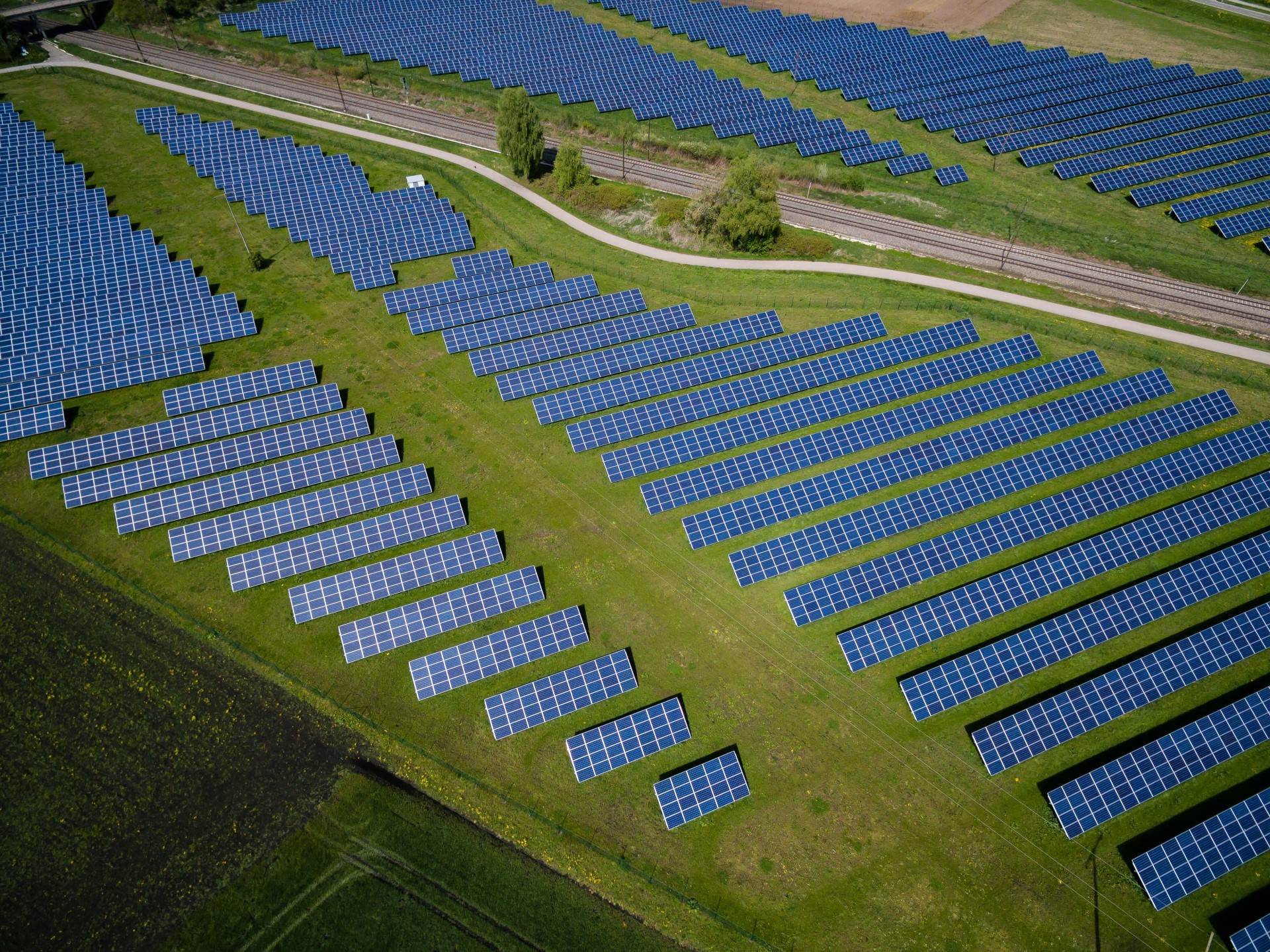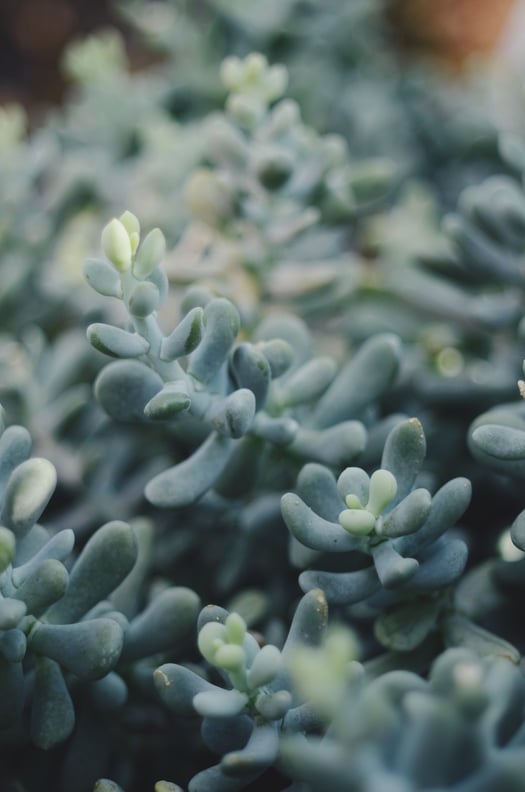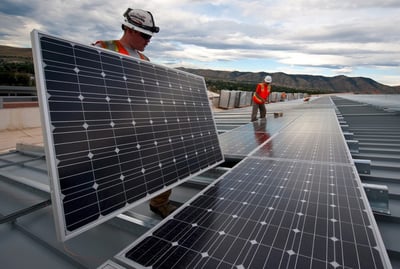
Biosolar, or the combination of solar panels and green roofs, is shown to increase the effectiveness of both technologies as compared to each when used independently.
Despite the amazing advancements we’ve made with sustainable rooftop technologies, many people still hold onto archaic beliefs. In all fairness, that’s to be expected in a field that moves quickly and is populated by nerds.
Hey, we’re not throwing stones here. Our house is super glass, ifyouknowwhatwemean.
One of the biggest misunderstandings relates to photovoltaic (solar) panels and green roofs. Specifically, most people are under the impression that they’re mutually exclusive, that they can’t be combined – and that’s just not true.
What Is Biosolar?
 Biosolar, a relatively new term pervading the sustainability space, is the combination of green roofs and solar panels in the same system.
Biosolar, a relatively new term pervading the sustainability space, is the combination of green roofs and solar panels in the same system.
These systems are characterized by arrays of solar panels dispersed across a green roof. The most efficient model is when panels are raised into the air on legs, with vegetation growing underneath them. However, some roofs employ a bank of solar panels flush against the roof surface, but surrounded on all sides by greenery.
In combination, solar panels and green roofs can take many forms … but they share some benefits no matter their construction.
What Are the Benefits of Biosolar?
The biggest takeaway is that solar technology works better and more efficiently when surrounded by plants than when surrounded by a bare rooftop. Roofs get hot, and electronics work better in a cooler state. In other words, you’re getting more bang for your solar buck when you put panels on a vegetated roof.
With shade, green roofs are able to stay cooler than they would otherwise as well. That saves money on energy bills for floors below, and makes solar panels work even more effectively.
There’s also the fact that when people head up on the roof to steward the solar cells, they’re walking on plants rather than bare roof. That’s not the best for the plants, obviously, but overall it’s better than people walking on the roof itself. More protection for the building envelope = longer-lasting building.
When Does Biosolar Make Sense?
 Both solar arrays and green roofs are expensive, and take time to pay themselves back. Not as long as you might think, though, notes a University of Illinois study that compared solar roofs, green roofs and biosolar roofs:
Both solar arrays and green roofs are expensive, and take time to pay themselves back. Not as long as you might think, though, notes a University of Illinois study that compared solar roofs, green roofs and biosolar roofs:
“The payback period of using just solar panels was calculated to be 13 years, the payback period of just a green roof was calculated to be approximately 73 years, and the payback period of the combination of the two was 13 years,” say the study’s authors. “Even though the initial cost of installing the combination of solar panels and a green roof was found to be the largest, the payback period was about the same as installing just solar panels.”
So when does it make sense for you? It varies, depending on your budget and situation, but you’ll get the most benefits when:
- The green roof is large, so you get the perks of both on a large scale. If you have a small roof, you’re probably better off picking a lane.
- You get a lot of sun. Think Denver or Arizona, which get more than 300 days of sunshine every year. It’s a shoo-in; you’re going to get your money back.
- State or local government mandates require it. This isn’t so much a benefit as a requirement (which cities such as Seattle are now working into building codes). But hey, it does pay to stay on the right side of the law.
Most of the above relate to new roofs. However, it is possible to retrofit both green roofs for the installation of solar panels, and solar arrays for the installation of a green roof surrounding them.
That said, it’s always smarter and more cost-effective to account for both in your initial green roof design, so if you’re starting from bare roof, definitely go for two. This is the fastest route to a net-zero building.
Whether you’re interested in retrofitting an existing system or creating a biosolar roof on a new building, we’d love to talk. Get in touch with the experts at Ecogardens today.

